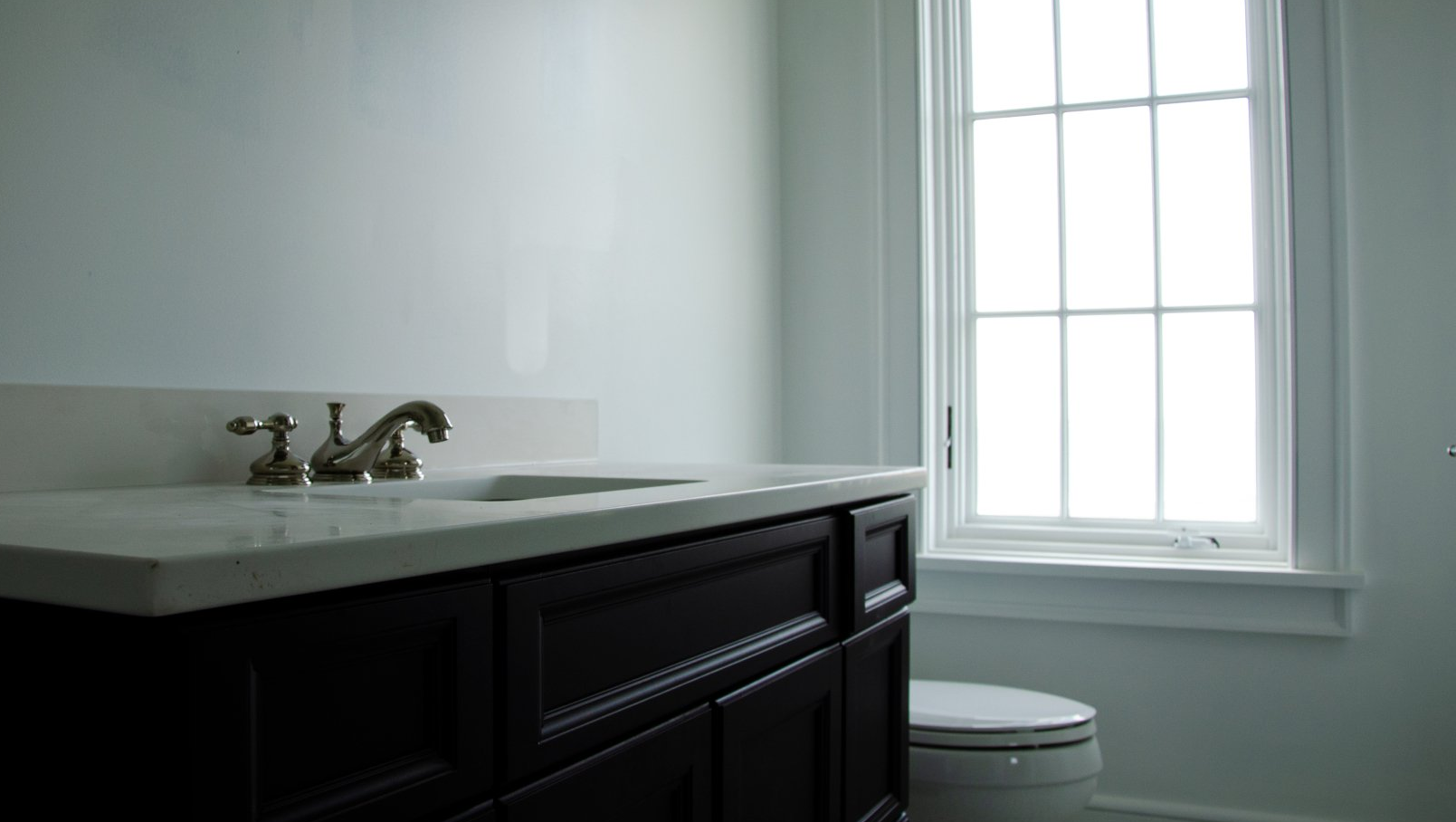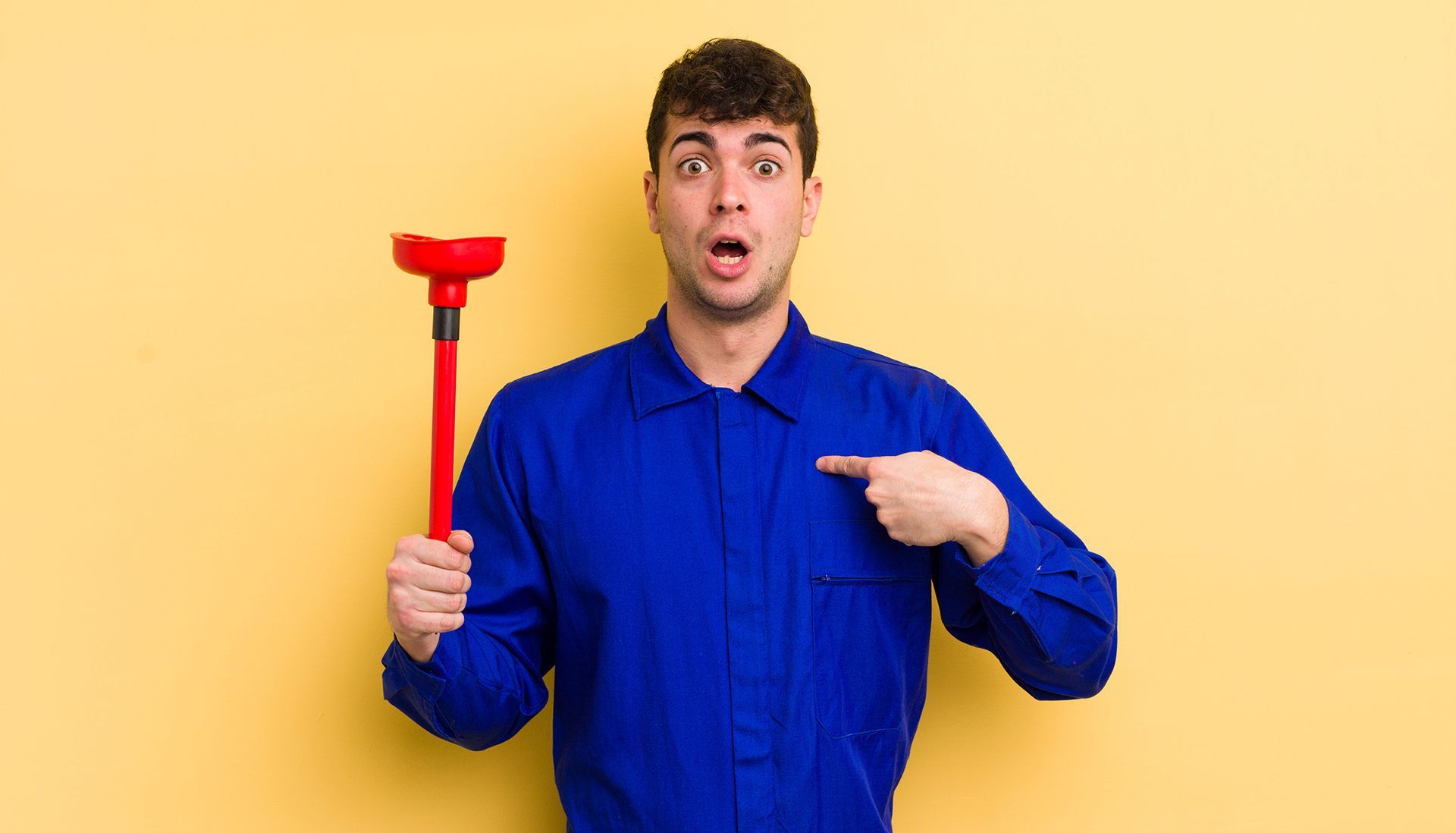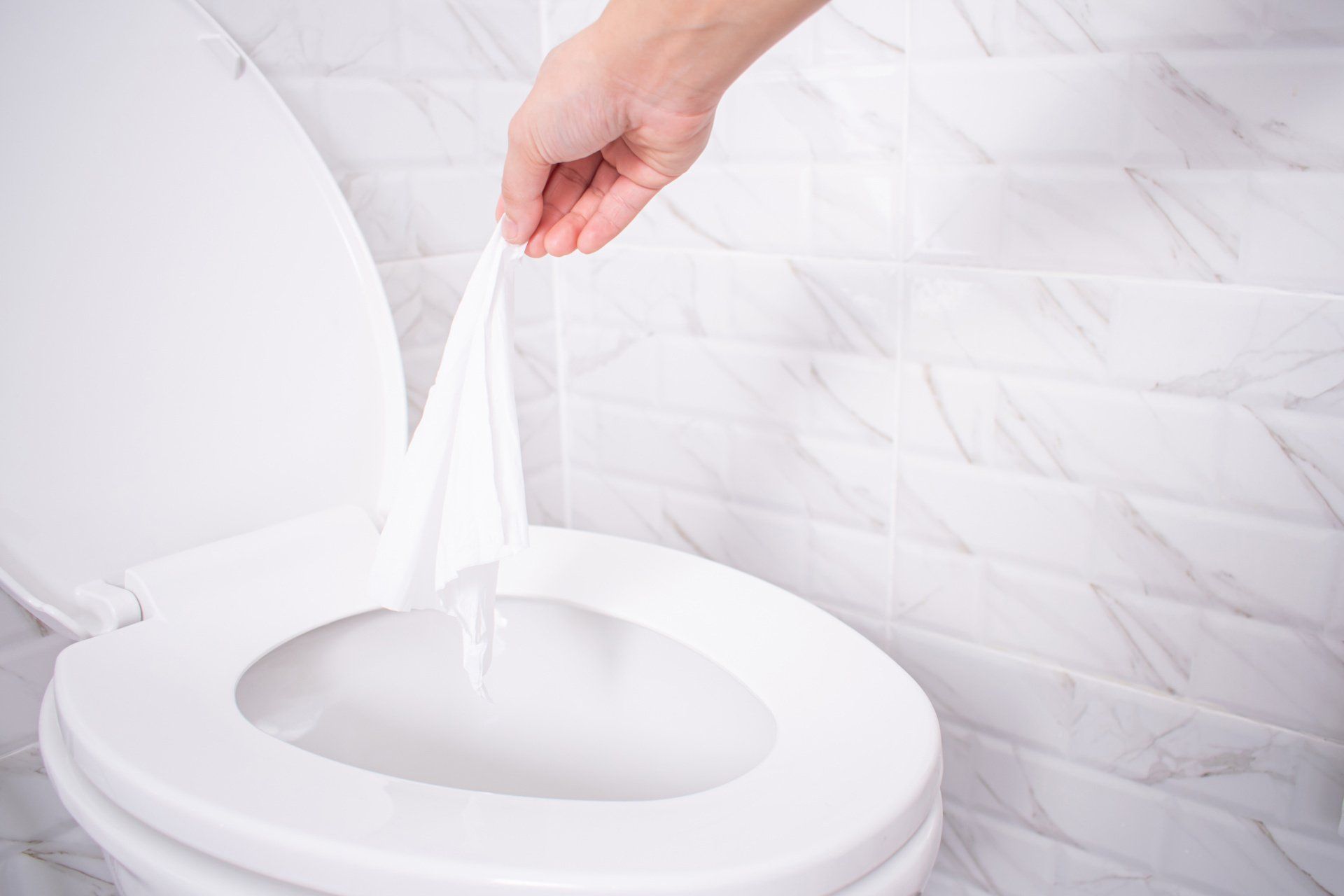Four Essential Tools For DIY Plumbers
If you live in the same place for a long enough period of time, the chances are that you’re going to stumble upon some problems with your plumbing system. In some cases, unless you’re a professional plumber, you won’t have a choice- you’re simply going to have to call a professional to fix the issue (or issues). But in many cases, if you’re good with your hands and you have the right tools, you might be able to fix the problem yourself and therefore save yourself from paying a hefty plumbing bill.
Here are four of the most important tools (or sets of tools) you’re going to need in order to be a “Do It Yourself” plumber.
Safety Equipment Is Essential For DIY Plumbers
As always, safety first. You never know what could go wrong while trying to fix your house’s plumbing, and you never want to find out. Two pieces of safety gear you’ll absolutely have to have are gloves to protect your hands and goggles to protect your eyes. You might also want to invest in a heat shield to protect equipment around you if you’re using materials that give off heat or fire.

A toilet plunger is one of the most commonly used tools for DIY plumbers
Perhaps the most common plumbing issue that most people find themselves dealing with is a clogged toilet, and the first line of defense against a clogged toilet is a plunger. Toilets can clog for any of a wide variety of reasons, but unless there are enormous amounts of blockage in the pipes that simply cannot be freed without going directly to those pipes, a toilet plunger is going to be your best friend. It may take a good bit of practice to learn the optimal angles and placement of your plunger, but once you do, you’ll be able to unclog the majority of stopped-up toilets that you encounter by yourself.
Pliers Always Come In Handy For DIY Plumbers
Pliers are considered to be very useful plumbing tools because their smaller, more nimble jaws can fit into smaller spaces and grab hold of nuts or bolts that larger, more bulky wrench jaws cannot. Professional plumbers use pliers on a daily basis, and in order to be more efficient, DIY plumbers will use them quite frequently as well.
A Variety Of Wrenches Are Needed For Many DIY Plumbers
Using wrenches to tighten and loosen the various nuts throughout your plumbing system might take some time and practice to learn how to master, but if you’re able to do so, you can fix a lot of problems by yourself. Among the wrenches you’ll most likely need are a faucet key, a basin wrench (also known as a sink wrench), a pipe wrench, and a torque wrench.
Have you noticed an issue with your plumbing system recently? Are you in need of professional help to fix it? No need to worry, Beverly Plumbing is here for you. Contact us today!
You might also like



